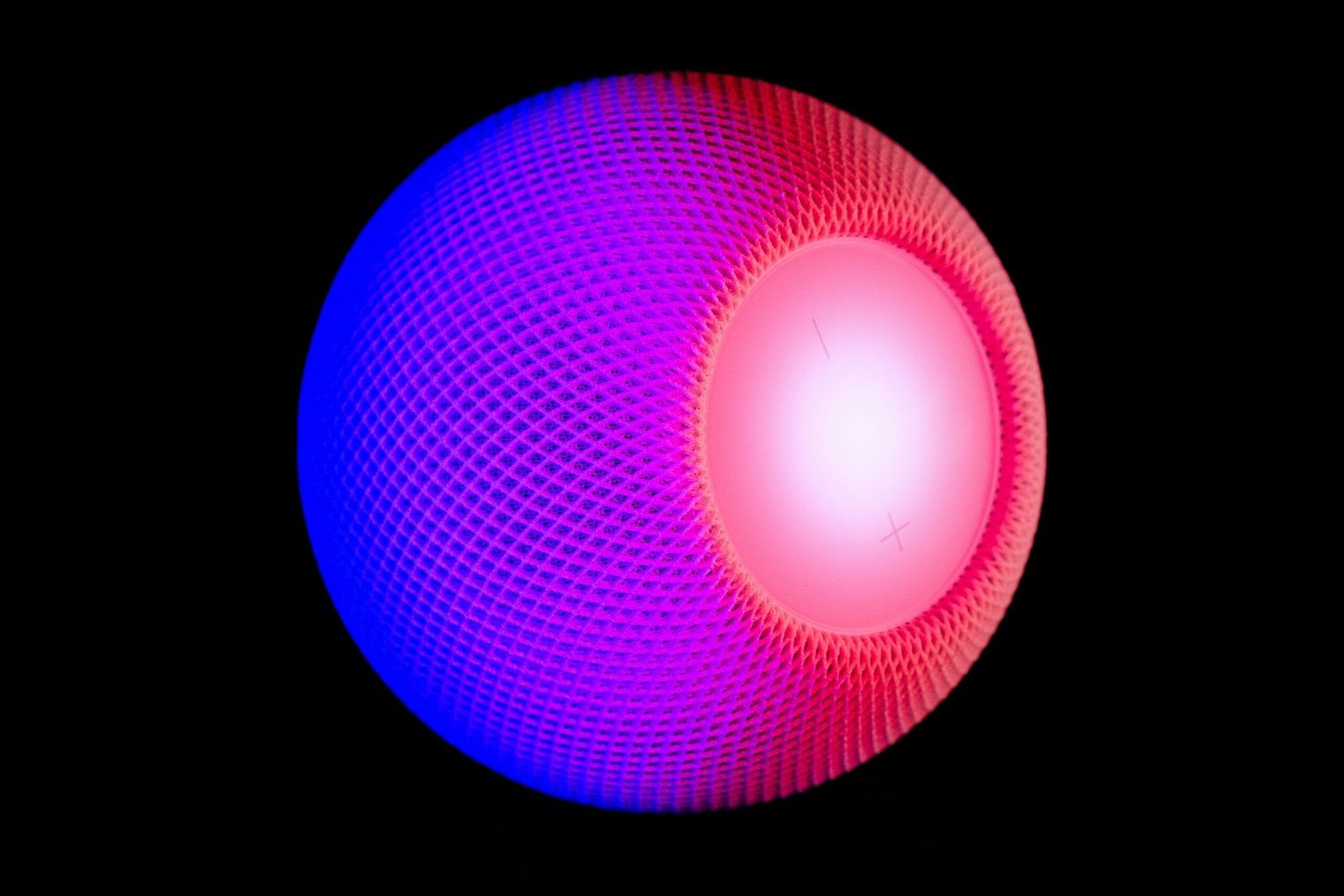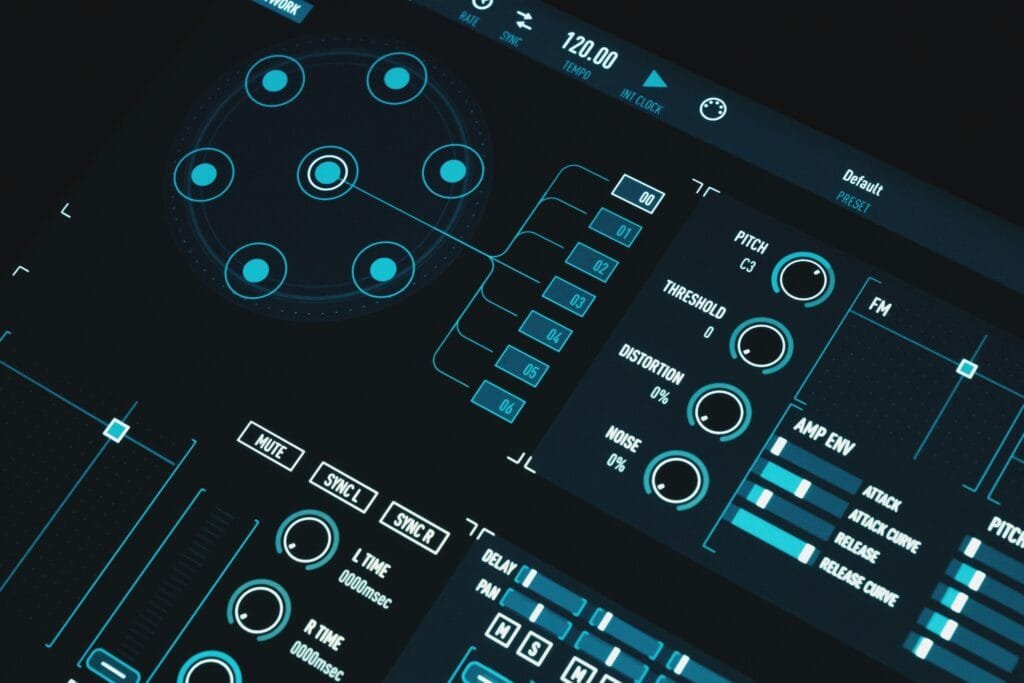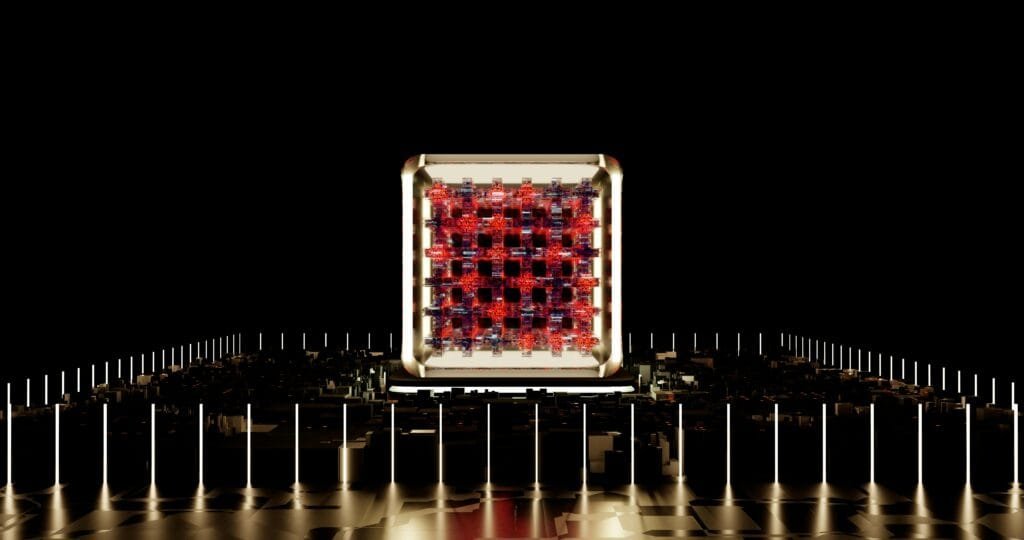
When it comes to audio technology, 3D audio is a term that has been gaining significant attention in recent years. This innovative audio technology aims to create a more immersive and realistic listening experience for users, whether they are enjoying music, movies, or gaming. In this blog post, we will delve into the world of 3D audio technology, exploring what it is, how it works, and the impact it has on creating truly immersive listening experiences.
What is 3D Audio Technology?
3D audio technology, also known as spatial audio, is a cutting-edge audio processing technique that aims to mimic the way humans perceive sound in the real world. Unlike traditional stereo or surround sound systems, which deliver audio in a two-dimensional or multi-directional manner, 3D audio technology seeks to create a three-dimensional audio environment, where sounds appear to come from specific points in space around the listener.
This technology is designed to replicate the natural cues that our brains use to determine the location and distance of sounds in the physical world. By leveraging advanced audio processing algorithms, 3D audio systems can simulate the complex interplay of sound waves as they interact with the shape of the human ear, head, and torso, ultimately creating a more lifelike and immersive listening experience.
How Does 3D Audio Technology Work?
At the core of 3D audio technology is the concept of spatial audio processing, which involves capturing, processing, and reproducing audio in a way that simulates the perception of sound in a three-dimensional space. There are several key techniques and technologies that enable the creation of 3D audio:
Binaural Recording and Rendering
Binaural recording is a method of capturing sound using two microphones, positioned to mimic the placement of the human ears. When these recordings are played back through headphones, the listener perceives the audio as if they were actually present in the recording environment, with sounds appearing to come from specific directions and distances.
Head-Related Transfer Functions (HRTF)
HRTF is a crucial component of 3D audio processing, as it represents the filtering and modifications that occur as sound waves travel from a source to the listener’s eardrums. By applying personalized or generic HRTFs to audio signals, 3D audio systems can create the illusion of sounds emanating from different locations in space, taking into account the unique anatomical features of the listener’s head and ears.
Object-Based Audio
Object-based audio is a flexible audio format that allows content creators to specify the spatial location and motion of individual sound objects within a 3D audio environment. This approach enables precise control over the placement and movement of sounds, adding a new dimension of realism to audio experiences.
The Impact of 3D Audio on Immersive Listening Experiences
The adoption of 3D audio technology has the potential to revolutionize the way we engage with audio content across various domains, including music, film, gaming, and virtual/augmented reality. By delivering a more natural and spatially accurate representation of sound, 3D audio enhances the overall listening experience in the following ways:
Enhanced Realism and Immersion
With 3D audio, listeners can experience a heightened sense of realism, as sounds are perceived to originate from specific directions and distances, just as they would in the real world. This heightened immersion can make music feel more intimate, movie scenes more lifelike, and gaming environments more engaging.
Improved Spatial Awareness
3D audio technology enables a more accurate portrayal of spatial cues, allowing listeners to better localize and identify the origin of sounds within a given audio mix. This can be particularly impactful in gaming and virtual/augmented reality applications, where spatial awareness plays a crucial role in creating an authentic and captivating experience.
Personalized and Adaptive Listening
Some 3D audio systems have the capability to adapt to the listener’s unique HRTFs, providing a more personalized and tailored listening experience. This level of personalization can optimize the spatial audio rendering to match the individual’s anatomy, resulting in a more convincing and enjoyable auditory experience.
Artistic Expression and Creativity
For content creators and audio engineers, 3D audio technology opens up new possibilities for artistic expression and creativity. The ability to precisely position and move sound objects within a 3D audio space allows for innovative storytelling techniques, dynamic musical experiences, and immersive audiovisual productions.
Conclusion
As 3D audio technology continues to evolve and gain traction in the consumer market, we can expect to see an increasing number of audio content creators and technology providers embracing this innovative approach to audio processing. The potential for creating truly immersive and lifelike listening experiences is vast, and the ongoing advancements in spatial audio processing are poised to redefine the way we engage with audio across various mediums.
Whether you are a music enthusiast, a movie buff, a gaming aficionado, or simply someone who appreciates the power of immersive audio, the emergence of 3D audio technology holds promise for a future where the boundaries between reality and virtual audio experiences continue to blur.






